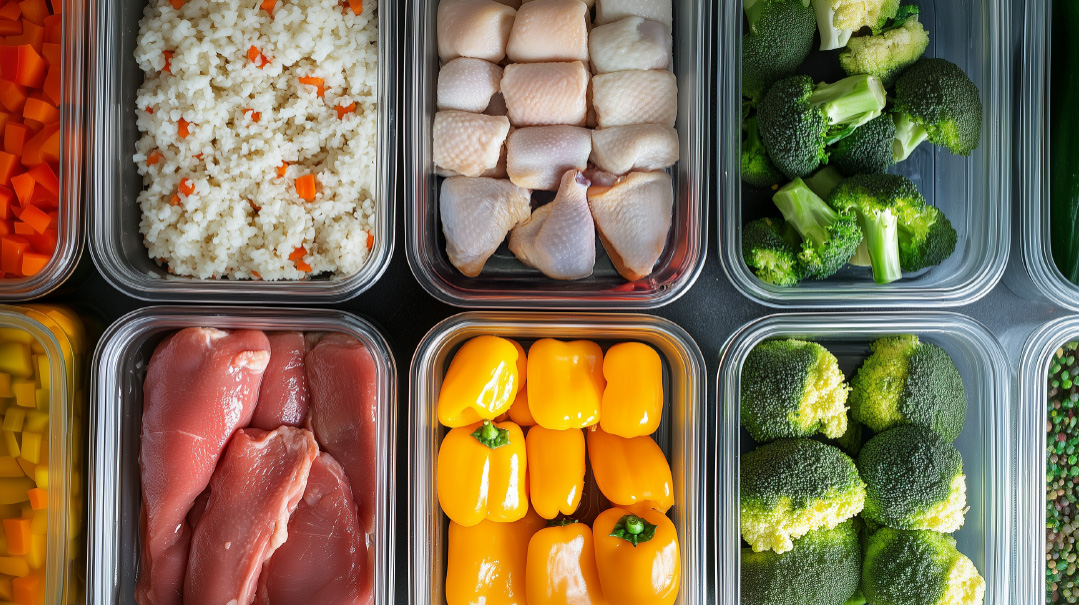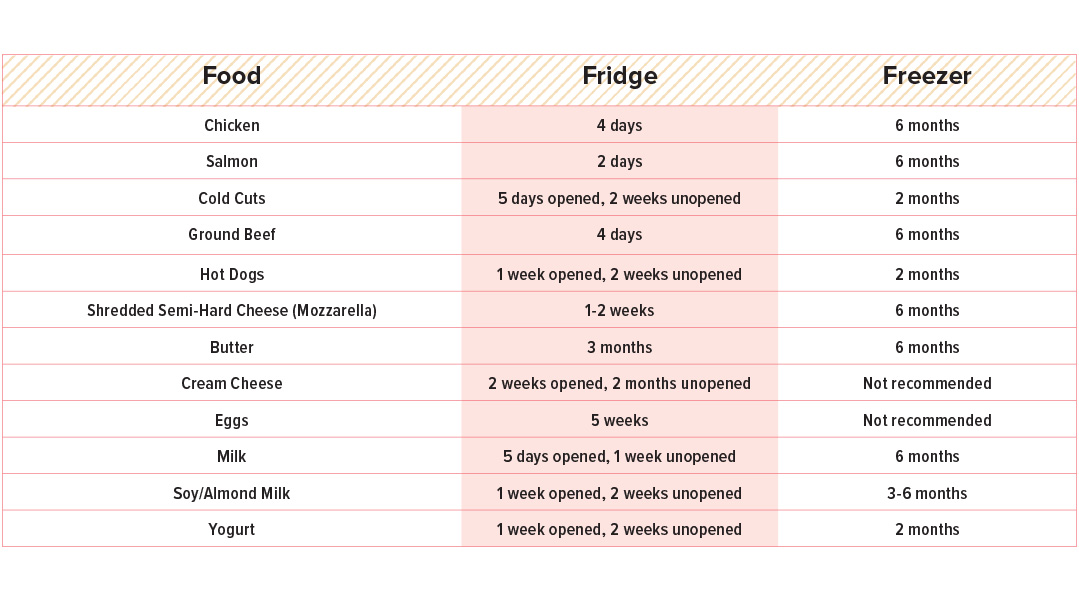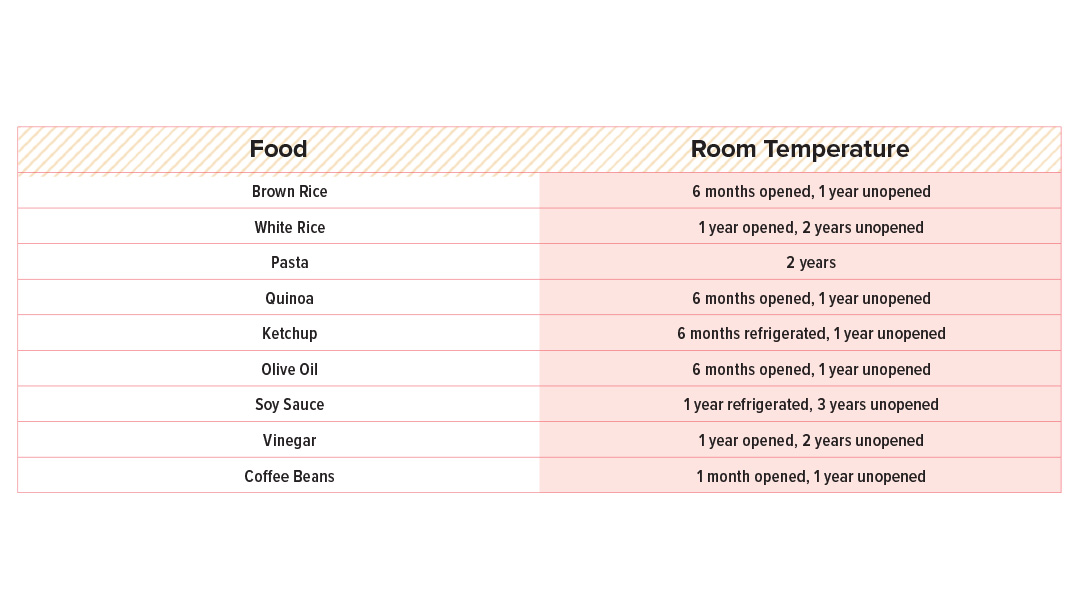Keeping it Fresh
| June 17, 2025Your guide to storing, using, and eating fresh food

Expiration Dates
In the United States, about 40 states require dates on some perishable food, but there’s no standardized system for expiration dates. That means that in many cases, food is totally safe to consume after the date on the packaging.
The dates also mean various things:
- Best By: This is about quality assurance. It’s a suggestion and not a safety recommendation.
- Use By: This is a recommendation, too, not a safety guarantee, and foods can be eaten after this date (except infant formula, which is federally regulated and should never be used after the use-by date).
- Sell By: This one is for stores to refer to when they stock an item. The Institute of Food Technologists estimates that one-third of a product’s shelf life remains by the sell-by date.
- Freeze By: The USDA says that the item should be frozen by then to retain its best quality. It isn’t a safety date, either.
In general, you can eat any food product that still seems fresh. The best way to tell that something has gone bad is if it has an odd odor, texture, or flavor.
Leftover Life
The USDA says that most leftovers last three to four days. Dishes with uncooked ingredients, like mayonnaise, will spoil faster. When storing the food in the fridge, make sure that it’s fully sealed to keep out bacteria, so a Ziploc bag around your 9x13 might help the chicken keep for longer.
Your leftovers shouldn’t sit out for more than two hours (and only an hour in temperatures over 90°F). The longer they sit at room temperature, the higher chance there is for contamination. You can put warm food straight into the fridge, but if it’s something that’ll take many hours to fully cool off, then you should split it into containers to speed up the process.
The sweet spots are higher than 140°F and lower than 40°F. Bacteria can grow at any temperature between those, so it’s vital to keep the food cold or hot, not warm or room temperature.
Freezer Facts
Food from the freezer is always safe, though quality can drop after three to four months. Almost any food can be frozen (except eggs in their shells, because the liquid in the shell will expand and crack it). But many foods just don’t freeze well, like mayonnaise, cream cheese, and lettuce. And better to freeze raw meat and poultry rather than cooked meats, because some of the moisture is lost when they’re cooked. Vegetables should be blanched and then rapidly chilled before freezing.
One caveat: While frozen food will not become unsafe in 0°F, the freezer doesn’t kill any bacteria, yeasts, or molds. So if the food that goes in is already contaminated, the microbes will continue multiplying once the food thaws. And the same goes for quality: A food frozen when fresh will taste better than a food frozen when it’s about to go bad.
The ideal way to freeze food is very, very quickly. A food that is two inches thick should ideally freeze in two hours. The best way to make that happen is to spread out the packages you’re freezing instead of stacking them.
Thawing Tips
There are three safe ways to thaw food: in the fridge, in the microwave, or in cold water. The ideal is to thaw slowly in the fridge over a day or two, but not everyone has that option on a Friday afternoon when your teenaged son just informed you that he invited a dozen friends for the seudah. In that case, try putting your chicken in a sealed plastic bag and immersing it in cold water. Change the water every 30 minutes. When it’s thawed, cook immediately. Cook anything you defrosted in the microwave quickly — it might have already started to cook in the microwave.
When you cook or reheat a frozen food straight from the freezer, keep in mind that it’ll need about one-and-a-half times as long to cook.
How Long Does It Last?
Here’s a quick guide to how long different foods stay fresh in different settings.


(Originally featured in Family First, Issue 948)
Oops! We could not locate your form.







